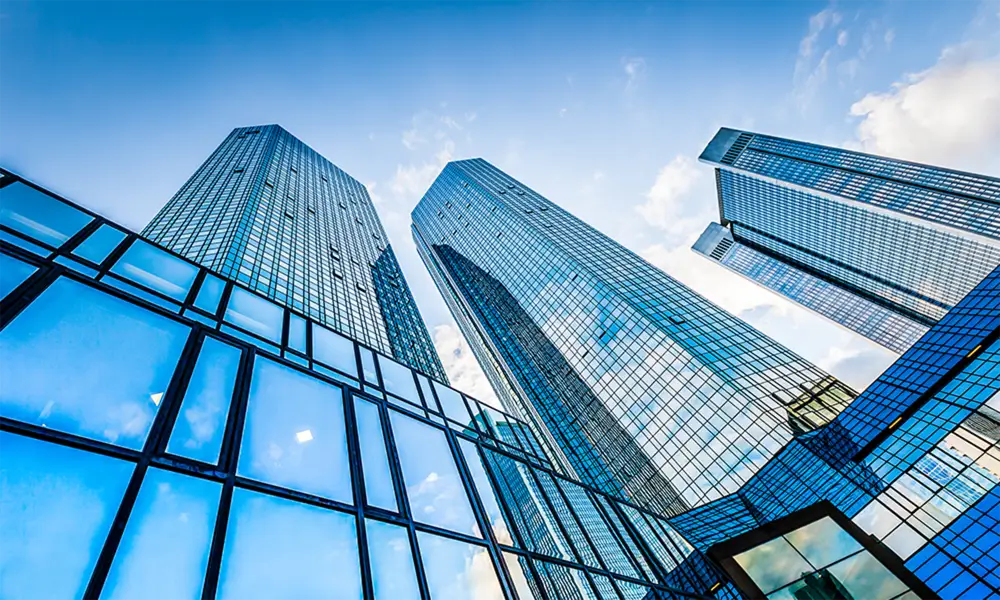

The Intriguing World of Patterned Glass A Price Perspective
Patterned glass, often regarded as a unique and artistic component in architectural design and interior decoration, offers a blend of aesthetics and functionality. Its myriad styles, patterns, and finishes make it a popular choice among homeowners, architects, and designers. But as interest in this versatile material grows, so does the question what influences patterned glass price?
First and foremost, the complexity of the design plays a crucial role in determining the cost of patterned glass. Patterns can range from simple textures to intricate geometric designs and custom motifs. The more complex the pattern, the higher the production costs. Custom designs require bespoke molds and techniques, which can significantly increase the expense. Conversely, standard patterns produced in bulk are typically more affordable, making them accessible for larger projects or those on a tighter budget.
Additionally, the type of glass itself impacts the pricing of patterned glass. Various types of glass—such as clear, frosted, or colored glass—can be used in the creation of patterned glass. For instance, frosted glass, while attractive, often involves additional processing steps like acid etching or sandblasting, which can drive up costs. On the other hand, clear patterned glass might be less expensive due to its straightforward production techniques.
In terms of sourcing, the origin of the glass also plays a significant role. Locally sourced patterned glass may be more cost-effective compared to imported options that incur additional shipping and handling fees. Furthermore, manufacturers from different regions may have varying production capabilities and raw material costs, which will influence the end price of the product.

Another crucial factor affecting patterned glass prices is the size and thickness of the panels. Larger panels are generally more expensive due to the additional material required and the complexity of handling and transportation. Thickness is equally important; thicker glass tends to be stronger and more durable, making it a more valuable option but at a higher price point.
The finishes applied to patterned glass can further alter its cost. Treatments such as annealing, tempering, or laminating not only enhance the durability and safety of glass but also affect its aesthetic appeal. Tempered glass, for instance, is more expensive due to the safety standards it meets, which is essential for high-traffic areas or structures that require impact resistance.
Moreover, market trends and demand can significantly influence the price of patterned glass. As contemporary designs gain popularity, the demand for specific patterns or styles may surge, thus impacting costs. Seasonal trends can also play a role; for instance, remodeling seasons may lead to higher prices due to increased demand for building materials, including patterned glass.
It’s also worth noting that installation costs can add to the overall expense of patterned glass. Hiring skilled professionals to ensure proper installation is vital for achieving the desired aesthetic and structural integrity. Therefore, when budgeting for patterned glass, it’s essential to consider not only the material cost but also any additional expenses related to labor and installation.
In summary, the price of patterned glass is determined by a myriad of factors, including design complexity, type of glass, sourcing, size, thickness, finishes, and market demand. For consumers and professionals alike, understanding these elements can aid in making informed decisions while selecting patterned glass for their projects. Ultimately, this fascinating glass type strikes a balance between beauty and functionality, making it a cherished choice across various applications in modern design.